Calculation of temperature error for remote seals
The following equation is used to calculate the temperature error for remote seals:
dp = (tRS – tCal) . fRS + (tCap – tCal) . lCap . fCap + (tTR – tCal) . fPF
Where
- dp – Additional temperature error (inH2O)
- tRS – Temperature on remote seal diaphragm (generally corresponds to temperature of medium)
- tCal – Reference (calibration) temperature 68 °F
- fRS – Temperature error of remote seal
- tCap – Ambient temperature on the capillaries
- ICap – Capillary extension length (error given per 3 ft)
- fCap – Temperature error of capillaries
- tTR – Ambient temperature on transmitter
- fPF – Temperature error of oil filling in process flanges of transmitter
Example of calculation of temperature error for remote seals
Existing conditions:
- Remote Seal type DP Transmitter, fRS = 0.054 inH2O/25 °F
- Capillary ICap = 2 x 15 ft
- Capillaries fitted on both sides, fCap= 0.042 inH2O/25 °F/3 ft
- Filled with silicone oil DC 200-10, fPF = 0.042 inH2O/25 °F
- Temperature of medium 212 °F, tRS = 212 °F
- Temperature on capillaries 122 °F, tCap = 122 °F
- Temperature on transmitter 122 °F, tTR = 122 °F
Required:
- Additional temperature error of remote seal: dp
Calculation:
dp = (212 °F – 68 °F) . 0.077 inH2O/25 °F + (122 °F – 68 °F) . 15 ft . 2 . 0.042 inH2O/25 °F / 3ft + (122 °F – 68 °F) . 0.042 inH2O/25 °F
dp = 0.444 inH2O + 0.907 inH2O + 0.091 inH2O
Result:
dp = 1.442 inH2O (corresponds to 3.605 % of set span)
Note:
The temperature error determined above only applies to the error resulting from connection of the remote seal.
The transmission response of the respective transmitter is not included in this consideration. It must be calculated separately, and the resulting error added to the error determined above from connection of the remote seal.
Measuring errors based on physical properties always result when using remote seals
Temperature errors of diaphragm seals when connected to pressure, absolute pressure or level transmitters, and with single-sided connection to differential pressure transmitters
Remarks:
- Values apply to fill fluid: silicone oil DC 200, high-temperature oil, halocarbon oil and Neobee M20.
- Values apply to stainless steel as the diaphragm material.
Dependence of temperature error on diaphragm material
The errors listed in the tables on pages 2/140 and 2/141 refer to the use of stainless steel as the diaphragm material. If a different material is used, the listed values change by the amount shown in the following table.
Source : Siemens
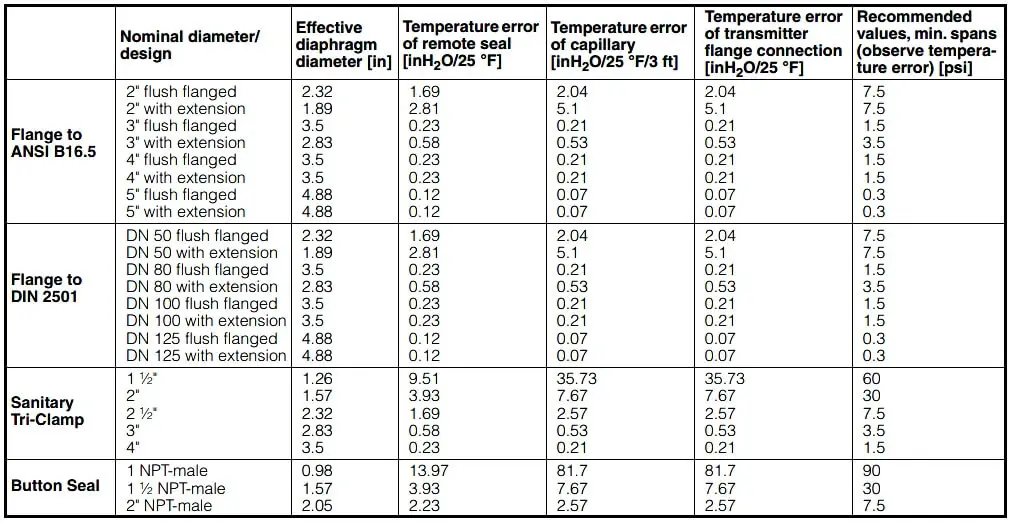
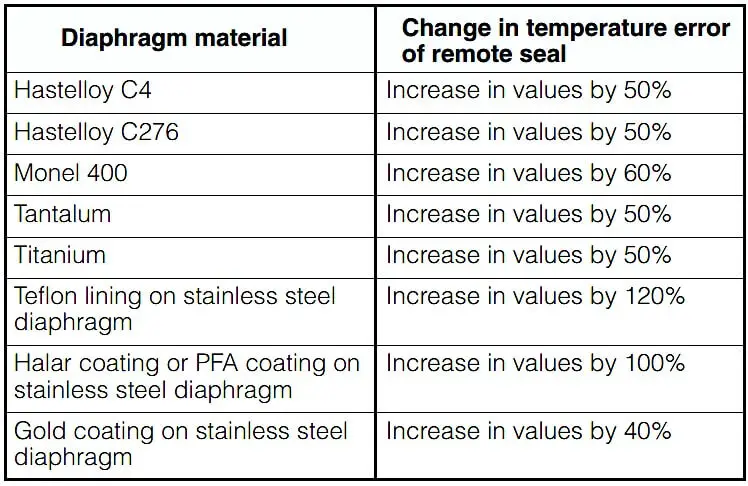
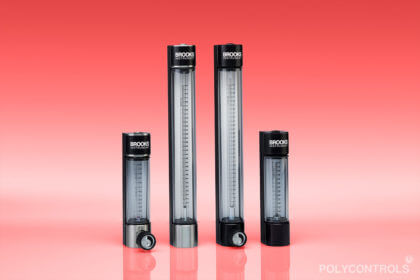
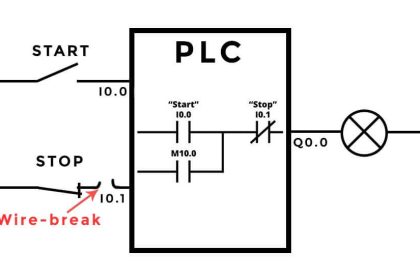
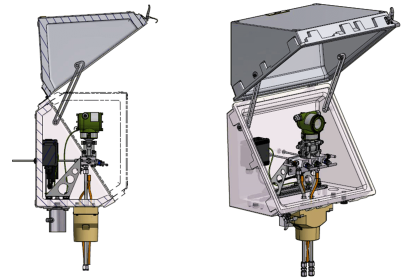
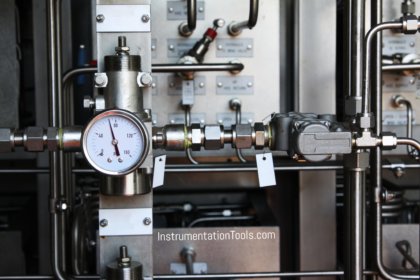
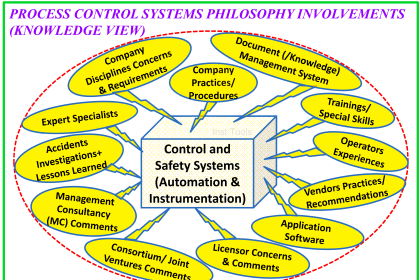

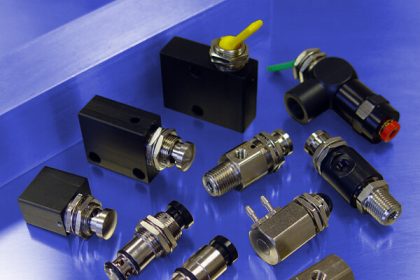
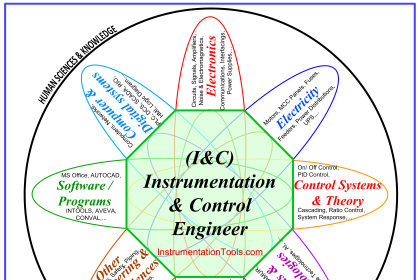

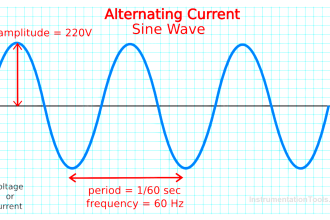
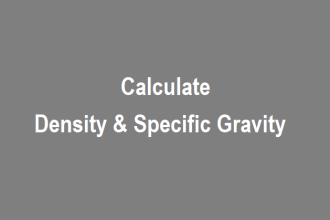
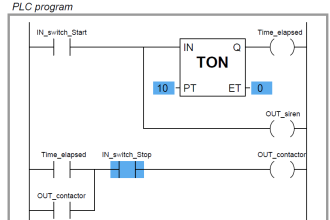
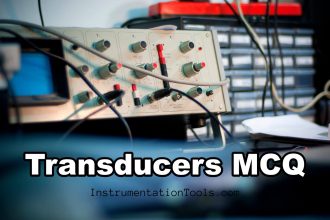
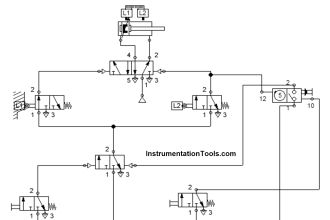
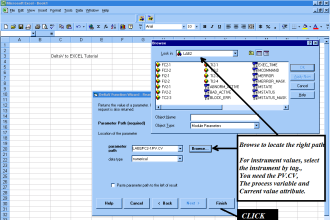


kindly explain the diaphragm material used in which kind of fluid. ie hydrogen, chlorine, acid, brine, steam/water etc.